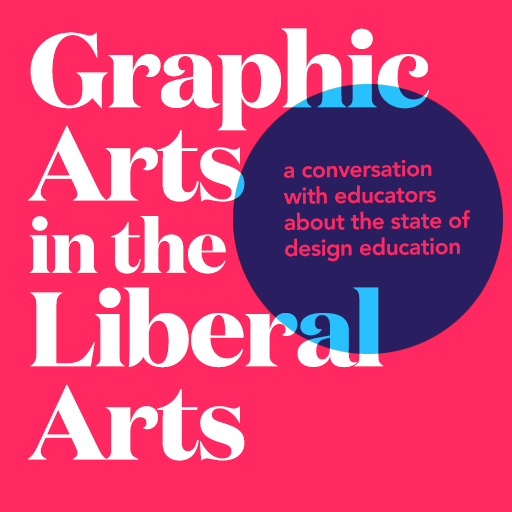Jason Tselentis
Associate Professor Of Design
College Of Visual And Performing Arts
Winthrop University
In the classroom, design students who view documentary films such as Gary Hustwit’s “Helvetica” (2007), Douglas Wilson’s “Linotype” (2012), and Briar Levit’s “Graphic Means” learn about designers, the tools they use (or used), and the meaning behind their creations. Film viewings and class discussions offer perspectives for students to recognize the significance (or lack of significance) a designer and/or their design has in yesterday’s and today’s culture.
To understand and appreciate designers and their work in those films and others has merit, exposing students to relevant issues and influences. But what can design students learn from not only watching such documentaries, but also investigating the methods and principles used for creating them? In cinematic arts and filmmaking degree and certificate programs, film studies deliver a framework to appreciate and understand cinematic creations. It’s visual literacy for cinema, teaching film students to read and analyze movies in preparation for making their own movies.
Film studies and filmmaking could also enhance a design student’s skill set. How would identifying a researchable documentary topic teach students about design history and design research, as well as storytelling? Studying film is also a platform for criticism. What could design students learn from fictional cinematic works, investigating the ways designers have been represented as antagonists, protagonists, or mere set dressing? What would design students say about the stereotypical designer, as (sometimes negatively) represented in movies and on television?
“Towards an Understanding of Cinema’s Impact on Design Education” will present a motion picture and film study platform for design education that includes documentary films and more. It aims to demonstrate how a class (or classes) could shape design students into more well-rounded creatives, perhaps the next generation of filmmakers. And it proposes ways to mold them into capable and responsible critics or historians.
This research was presented at the Design Incubation Colloquium 4.0: SUNY New Paltz on September 9, 2017.


 Hosted by Type Directors Club
Hosted by Type Directors Club